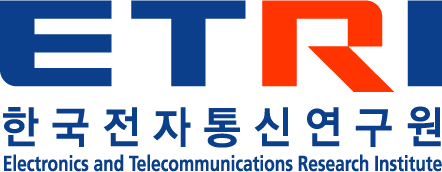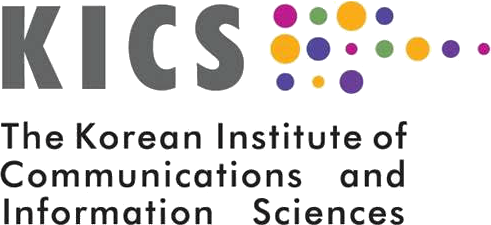As industry demand for higher data rate and flexible radio resource usage in a given spectrum of emerging applications/services rapidly increases, wireless systems are compelled to evolve in order to meet the extraordinary performance requirements, especially in terms of spectral efficiency and latency as well as coverage, energy efficiency.
Full Duplex Radio (FDR) is a duplexing scheme that allows a communication device to simultaneously transmit and receive wireless signals on the same channel (frequency band). Enabled by means of self-interference methodology, FDR can significantly increase the throughput for each allocated channel and furthermore improve the total system capacity. The inherent capability of FDR also can provide a minimized transmit buffer awaiting time for data transmission and an opportunity to reduce data transmission associated round-trip latency, which is due to transmission of acknowledgment or feedback information. These benefits from FDR application potentially enhances link performance for in-band and out-of-band relaying and device-to-device links as well as base station – mobile terminal links.
In 3GPP, some Study Item (SI) proposals are submitted for Release 17 standardization. Also the benefits and challenges of applying Full Duplex to Wi-Fi standards have recently begun discussion in IEEE802.11. In academia, Full Duplex Emerging Technology Initiative (ETI) in IEEE ComSoc and several international workshops that discusses on the feasibility of applying FDR for next generation cellular networks are recently organized. FDR will be a key technology that will shape the future wireless communication.
The obvious interest shown through the participation in the standardization and international workshops, as well as the ongoing research, demo and implementation of prototypes indicates that FDR will have a significant presence in future wireless communications. However, several important issues still need to be effectively addressed by industry and academia.
In response to the above momentum of interest and popularity, the proposed workshop aims at providing an interactive platform for industry and academic to timely exchange research, findings, and key technical challenges associated with FDR. In this context, papers are solicited reporting on the following representative and important topics, but not limited to:
- FDR uses cases and deployment scenarios
- Self-interference channel measurement and characterization for indoor and outdoor environments
- Self-interference channel modelling associated with statistical parameters
- Self-interference cancellation techniques and mechanisms
- Advanced self-interference management techniques
- Network integration schemes and performance evaluations for FDR
- Cross-link interference management in presence of FDR wireless links
- FDR transceiver architectures and their performance analysis
- Duplexing schemes combine non-orthogonal multiple access (NOMA) and FDR
- Cooperative FDR communications
- Wireless medium observation in cognitive radio networks enabled by self-interference cancellation techniques
- FDR device-to-device and machine-to-machine communications
- Resource allocation, medium access control, and scheduling techniques in FDR-enabled networks
- FDR ultra-reliable low-latency communications (URLLC)
- Optimized antenna architectures and configurations for FDR transceiver integration








